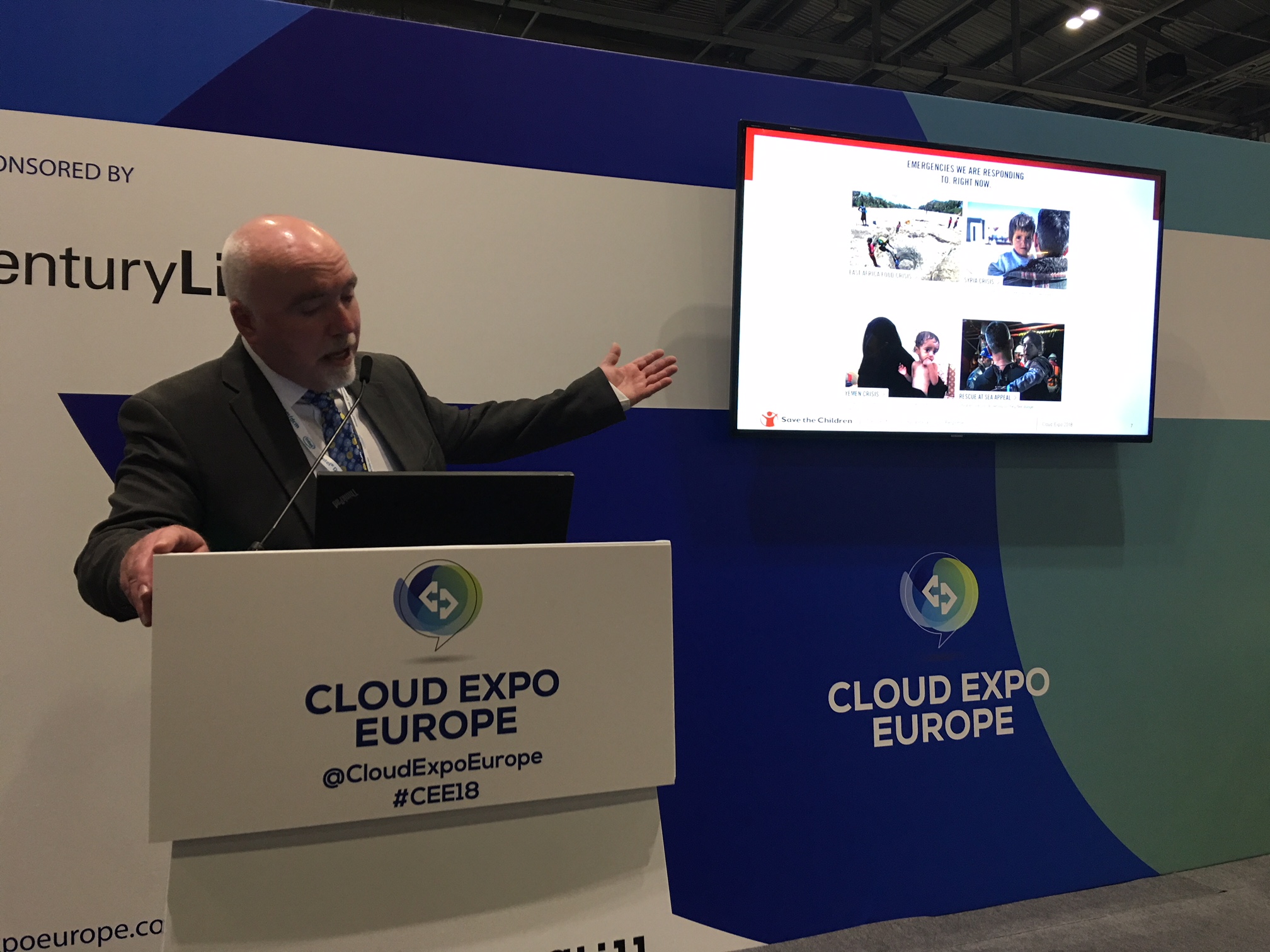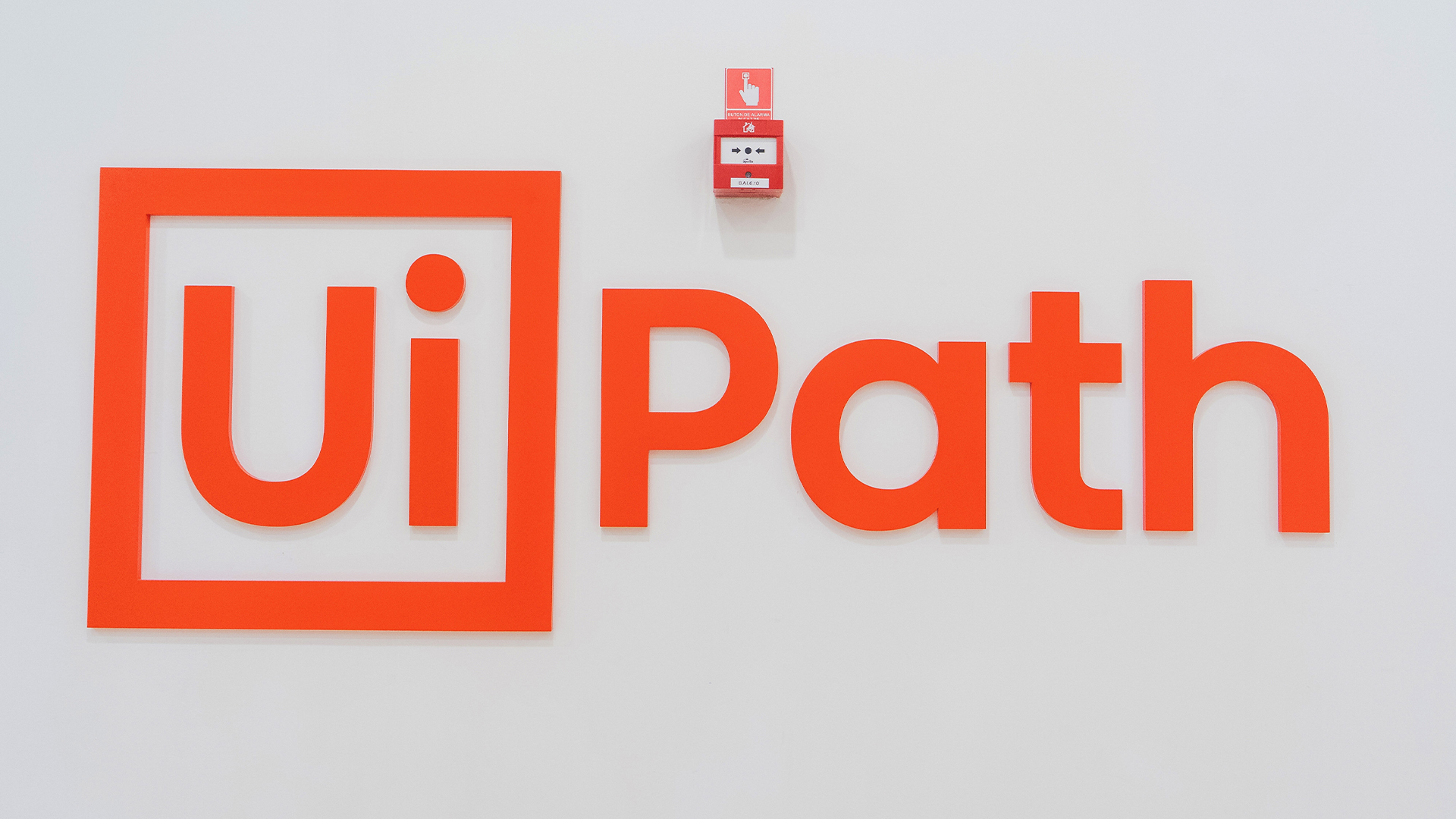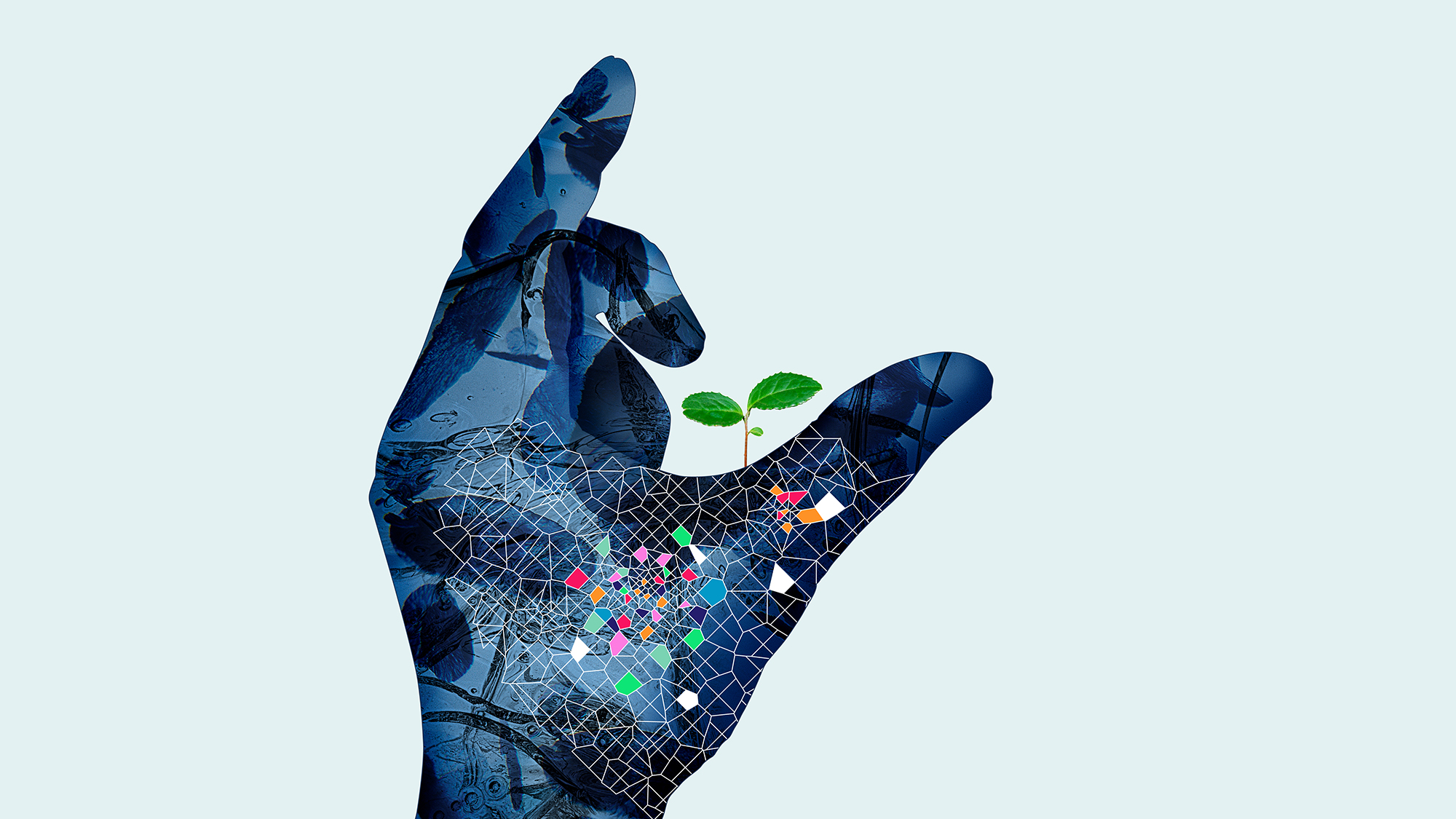Save the Children: How cloud helps in disaster zones
Charity's head of IT deploys cloud to mobilise quickly in humanitarian disasters


The cloud can greatly benefit charities trying to help people around the world in humanitarian disasters, according to Save the Children's head of IT.
For the charity's teams deployed in disaster zones, time is of the essence, and they need to do whatever it takes to save children's lives delivering life-saving food, water, healthcare, protection and education, said Gerry Waterfield, head of global IT services at Save the Children International, speaking at Cloud Expo Europe in London today.
Using different cloud services, the charity can mobilise quickly and securely without having to deploy preconfigured devices with its line-of-business suite of applications, Waterfield said. Being able to deploy this so quickly can mean the difference between life and death.
"The work we do is in very difficult locations, so we have to think about connectivity, it is one of the biggest issues we face before we use the cloud," he said. "The other issue is having power; if there is no power, there is no connectivity, hence no internet."
The charity works in more than 120 countries around the word and helped 22 million children in 2016. Waterfield said that bandwidth is frequently at a premium and the charity is heavily reliant on costly satellite communications, so the use of lightweight web apps is important.
In order to get power, and thus connectivity, Save The Children has looked at using solar power because of the amount of sunlight available in a lot of areas where it works.
Wit so many refugees fleeing war over the Mediterranean Sea, having connectivity at sea means that the charity can access real-time weather data from the cloud as well as data on numbers making the dangerous journey across this stretch of water so that the charity is better able to be in the right place to offer assistance.
Sign up today and you will receive a free copy of our Future Focus 2025 report - the leading guidance on AI, cybersecurity and other IT challenges as per 700+ senior executives
To that end, Waterfield said that the charity has used Office 365, as it can be rolled out everywhere to any device. It has also used a cloud-based HR system from Oracle. Waterfield said this has been helpful in emergency situations where volunteers have to be assembled quickly and onboarded as well as in helping select the right people for the right roles on the ground.
Save the Children has also used Kobo Toolbox, to allow workers in emergency situations create ad-hoc reports, and Facebook's Workplace as an enterprise social network to allow workers to exchange information more quickly about situations and projects.
Going forward, Waterfield said that he would like to see the charity be able to use more technology in the field as this would help more people in crisis situations.
Rene Millman is a freelance writer and broadcaster who covers cybersecurity, AI, IoT, and the cloud. He also works as a contributing analyst at GigaOm and has previously worked as an analyst for Gartner covering the infrastructure market. He has made numerous television appearances to give his views and expertise on technology trends and companies that affect and shape our lives. You can follow Rene Millman on Twitter.
-
 Trump's AI executive order could leave US in a 'regulatory vacuum'
Trump's AI executive order could leave US in a 'regulatory vacuum'News Citing a "patchwork of 50 different regulatory regimes" and "ideological bias", President Trump wants rules to be set at a federal level
-
 TPUs: Google's home advantage
TPUs: Google's home advantageITPro Podcast How does TPU v7 stack up against Nvidia's latest chips – and can Google scale AI using only its own supply?
-
 UK firms are pouring money into AI, but they won’t see a return on investment unless they address these key issues
UK firms are pouring money into AI, but they won’t see a return on investment unless they address these key issuesNews An SAP report projects increased AI investment, but cautions that too many organizations are taking a fragmented approach
-
 Intel makes high-level hires while factory workers are warned of layoffs
Intel makes high-level hires while factory workers are warned of layoffsNews The company is appointing four senior executives as part of efforts to refocus on engineering and customer relationships
-
 UiPath names Simon Pettit as new AVP for UK and Ireland
UiPath names Simon Pettit as new AVP for UK and IrelandNews The seasoned leader will spearhead region-specific transformation projects as UiPath looks to drive operational growth and customer engagement
-
 How to empower employees to accelerate emissions reduction
How to empower employees to accelerate emissions reductionin depth With ICT accounting for as much as 3% of global carbon emissions, the same as aviation, the industry needs to increase emissions reduction
-
 Worldwide IT spending to grow 4.3% in 2023, with no significant AI impact
Worldwide IT spending to grow 4.3% in 2023, with no significant AI impactNews Spending patterns have changed as companies take an inward focus
-
 Report: Female tech workers disproportionately affected by industry layoffs
Report: Female tech workers disproportionately affected by industry layoffsNews Layoffs continue to strike companies throughout the tech industry, with data showing females in both the UK and US are bearing the brunt of them more so than males
-
 How can small businesses cope with inflation?
How can small businesses cope with inflation?Tutorial With high inflation increasing the cost of doing business, how can small businesses weather the storm?
-
 How to deal with inflation while undergoing digital transformation
How to deal with inflation while undergoing digital transformationIn-depth How can organizations stave off inflation while attempting to grow by digitally transforming their businesses?
